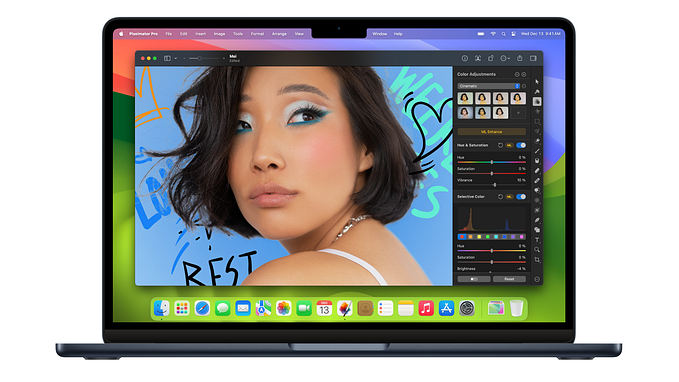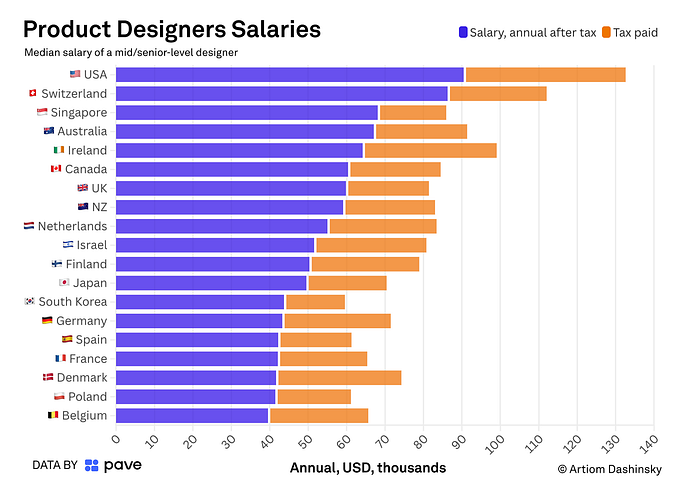Rudolf Arnheim and visual thinking
Surely many of you, even today, have come across UX or design deliverables full of text, instructions and descriptive phrases, which try to solve through the use of written language what could not be solved visually. These types of solutions generally hinder the understanding of the visual artefacts (interfaces, infographics…) since they do nothing other than patch design problems.
This inertia, more and more disused every day, maybe due to the fact that for a long time in many countries, design or visuals had a lot of discredit among the professionals of Usability and Information Architecture. The design was completely separated from the attributes of usability, and it was very common to hear phrases such as “that is already a design problem” or “let the designer solve it”. This kind of ideas was largely conditioned by the multidisciplinary background of the pioneers of the profession, mostly coming from non-visual disciplines (engineering, psychology, library science, information science, etc.).
But why this rejection and difficulty in interpreting and evaluating the visual?
In western cultures, language (and therefore thought) is based on a semantic structure, we perceive the world through a series of descriptive knowledge which inevitably leads us to scientific and linear logic, we seek for an unequivocal sense of things: what, how, when and why.
Language and visual thinking do not work that way, the visual elements do not have an unequivocal meaning, which already collides with the way of thinking of the majority.
One of the pioneers in analysing and dignifying visual thinking was Rudolf Arnheim, a psychologist and philosopher born in Berlin in 1904, highly influenced by Gestalt psychology and Hermeneutics. For Arnheim, modern man is permanently harassed by the world of language and uses it too much to relate to the world.

In his seminal book Visual Thinking (1969), a classic in Art and design schools, he states that there are other ways of knowing the world based on the senses, for example through the sight. Language helps us to name what has already been heard, seen or thought, but abusing from its use can paralyse us in solving problems through intuitive creation.
“All perceiving is also thinking, all reasoning is also intuition, all observation is also invention.” — Rudolf Arnheim, Art and Visual Perception: A Psychology of the Creative Eye (1954)
How do we think visually?
For Arnheim, intelligence is impossible without perception. The ideas or concepts that we have around an object determine how we perceive them. Perception and thought act reciprocally. For example, a visual stimulus on an unknown object attracts us more attention than another with which we are familiar (for example an exotic fruit over an apple). This continuous feedback between stimulus and intellect facilitates our daily life.
By creating visual artefacts (with more or less definition or conceptualization), we do nothing but project our ideas, putting them in order on a surface to re-perceive and elaborate them better. The visual representation of the concepts helps us think and connect ideas with the real world. For Arnheim it is vital to be down to earth. We cannot teach mathematics without giving practical examples.
How do we analyse what we perceive visually?
According to Arnheim there are three observational attitudes:
The most common way is to isolate the object to perceive it in a pure state, that is, to synthesize its idea or concept in its simplest form. This is how they teach us to draw from a young age, for example scribbling the typical house. When we draw from memory, from our “internal designs” we evoke eidetic images: images printed in memory or the concepts of the stimuli that we have received. The higher the level of abstraction, the greater the universal representation capacity of the eidetic image.
Another attitude is not to isolate the object, but to merge it with its context, so that the attributes of the two (object and world) are mixed. This would be the pictorial gaze, in which, when an image is analysed: lights, shadows and colours are perceived, and we try to build a similar representation to the one we perceive with our eyes.
The third option is to analyse the object in a creative way, from multiple points of view and possibilities. Changing its meaning, looking for new uses and possibilities of interpretation.
These 3 forms of observation and visual thinking are continuously used and combined in our profession. For example, the first one would be used to represent diagrams and abstract concepts. The pictorial gaze would be the one used by the visual designer, who needs a realistic approach to the final product. And the third is the one we use to devise and search for new possibilities.
This piece was originally written in Spanish at Guindo’s blog:
“Rudolf Arnheim y el Pensamiento Visual”











